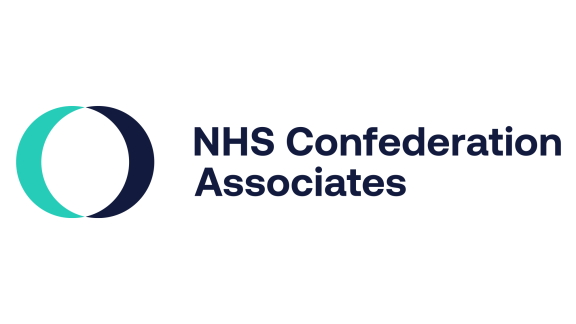Health and care system under considerable, sustained strain

The latest NHS monthly performance statistics published today (Thursday 20th October) show:
- In September, 10.2 per cent of all calls to the ambulance service were red calls (life threatening), an increase compared to August and on average more than 100 immediately life-threatening calls made each day.
- In emergency departments (EDs), performance improved against the four hour and twelve hour targets and the average time spent in EDs shortened in September.
- August saw just over 93,000 patient pathways closed (i.e. patients concluding their treatment), showing how hard NHS staff are working to tackle elective care.
Commenting on the latest figures, Darren Hughes, director of the Welsh NHS Confederation said:
“These figures show a health and care system under considerable, sustained strain even before we head into what will be one of the most challenging winters for decades.
“The statistics show continuing high levels of demand, including a high percentage of life-threatening calls to the ambulance service, mirroring what NHS leaders are telling us about more patients coming forward with more acute needs requiring advanced care, especially in mental health.
“We know how hard NHS and social care staff work every day, fighting fires while trying to find solutions to improve outcomes for thousands of patients - 93,000 patient pathways concluded in August.
“We’re hearing that in some hospitals in Wales there are considerable delays in the patient pathway, with nearly half of hospital beds taken up by those clinically fit to be discharged. This means fewer operations can take place, fewer beds for patients coming into emergency departments and less capacity for ambulances, impacting individual patient’s experience and outcomes.
“We must not lose sight of the fact that these are not just targets, numbers or percentages - these are real people and each person on the waiting list needs to be considered as an individual.
“Health leaders are incredibly concerned about how they will be able to continue running many important patient services while plugging gaps in funding, although of course they will continue to do all they can to manage services as efficiently and effectively as possible while trying to meet huge rising demand from patients. These whole-system issues require a whole-system effort.”



